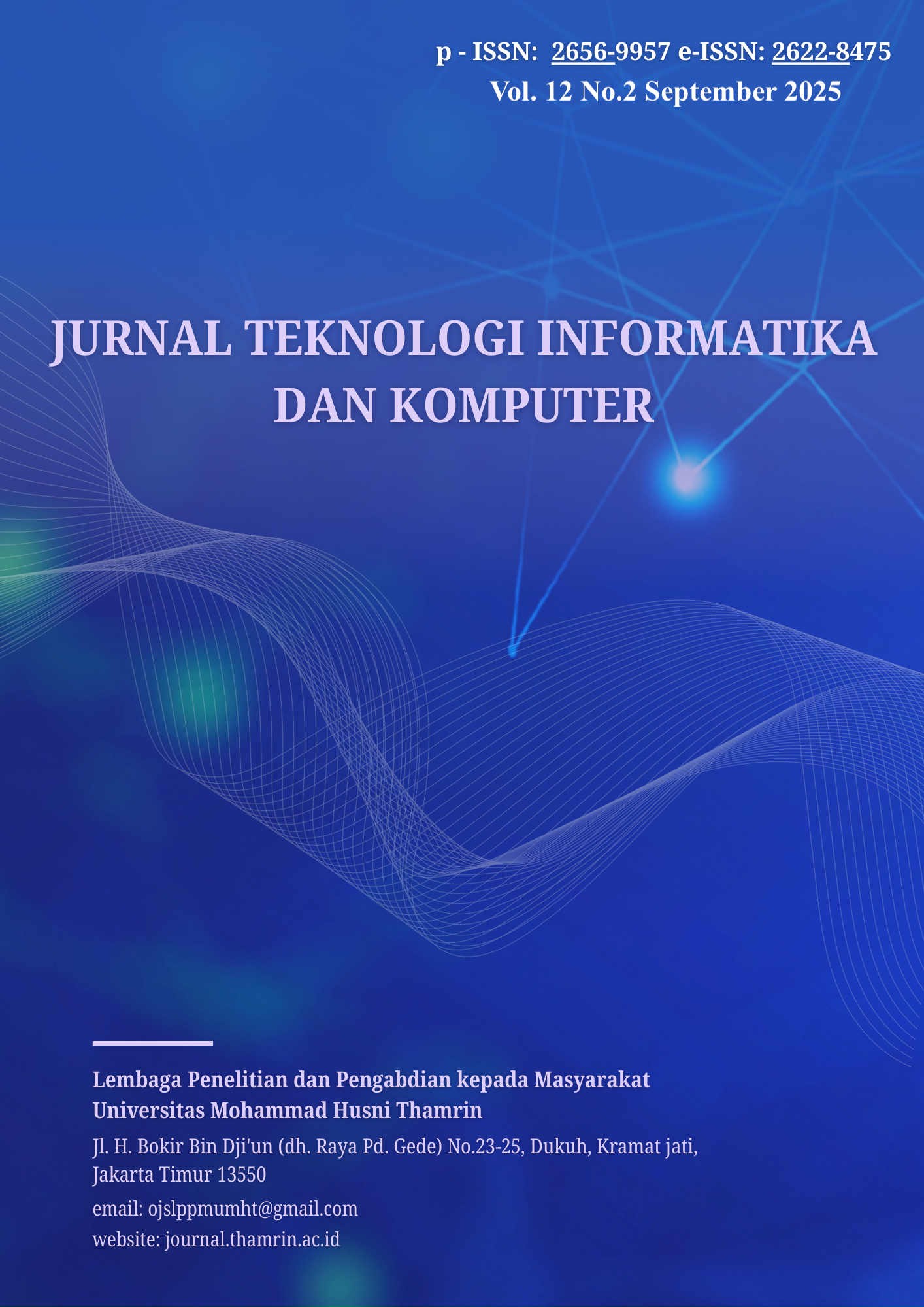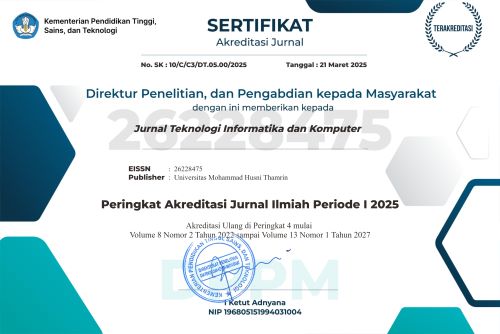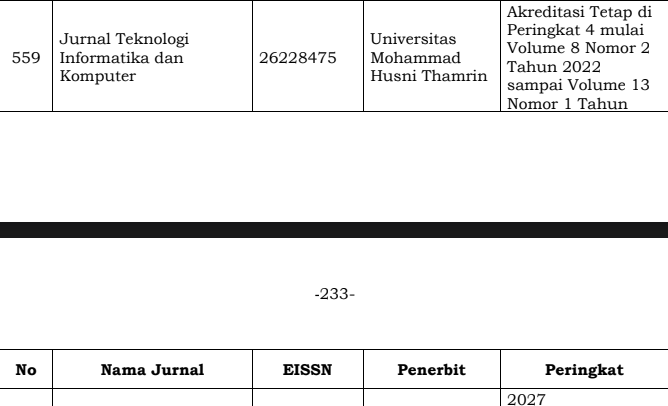Designing an Overtime Request Information System Using the SDLC Method at PT. Laju Omega Digital
DOI:
https://doi.org/10.37012/jtik.v11i2.2922Abstract
The development of information technology has had a significant impact on human resource management, including the process of submitting overtime requests to employees. This process is crucial to ensure optimal productivity, especially in companies with many divisions and employees. PT. Laju Omega Digital still uses manual methods for recording overtime, which causes delays in the process, difficulties in tracking data, and a lack of transparency in overtime approvals. Therefore, a web-based system is needed that can automate and improve the efficiency of managing overtime requests. This study aims to design and develop a web-based information system that allows employees to submit overtime digitally, as well as facilitates admins in managing overtime request data. This system is built using the Laravel framework with a Bootstrap-based design to be more responsive and easy to use. The main features developed include a login system, an overtime request form, overtime verification and approval, and data recapitulation for further analysis. The research methods used include observation, interviews, and literature studies. System development is carried out using the System Development Life Cycle (SDLC) model, including needs analysis, system design, implementation, testing, and evaluation. The research results show that the developed system can improve the efficiency of overtime requests, reduce recording errors, and provide greater transparency in the approval process. With this system's implementation, PT. Laju Omega Digital can improve productivity and the quality of human resource management.
Downloads
Published
Issue
Section
Citation Check
License
Copyright (c) 2025 Dedi Setiadi, Abu Sopian, Royhan Ibnu Mubarok

This work is licensed under a Creative Commons Attribution 4.0 International License.
Jurnal Teknologi Informatika dan Komputer allows readers to read, download, copy, distribute, print, search, or link to the full texts of its articles and allow readers to use them for any other lawful purpose. The journal allows the author(s) to hold the copyright without restrictions. Finally, the journal allows the author(s) to retain publishing rights without restrictions Authors are allowed to archive their submitted article in an open access repository Authors are allowed to archive the final published article in an open access repository with an acknowledgment of its initial publication in this journal.

Jurnal Teknlogi Informatika dan Komputer is licensed under a Creative Commons Attribution 4.0 International License.












